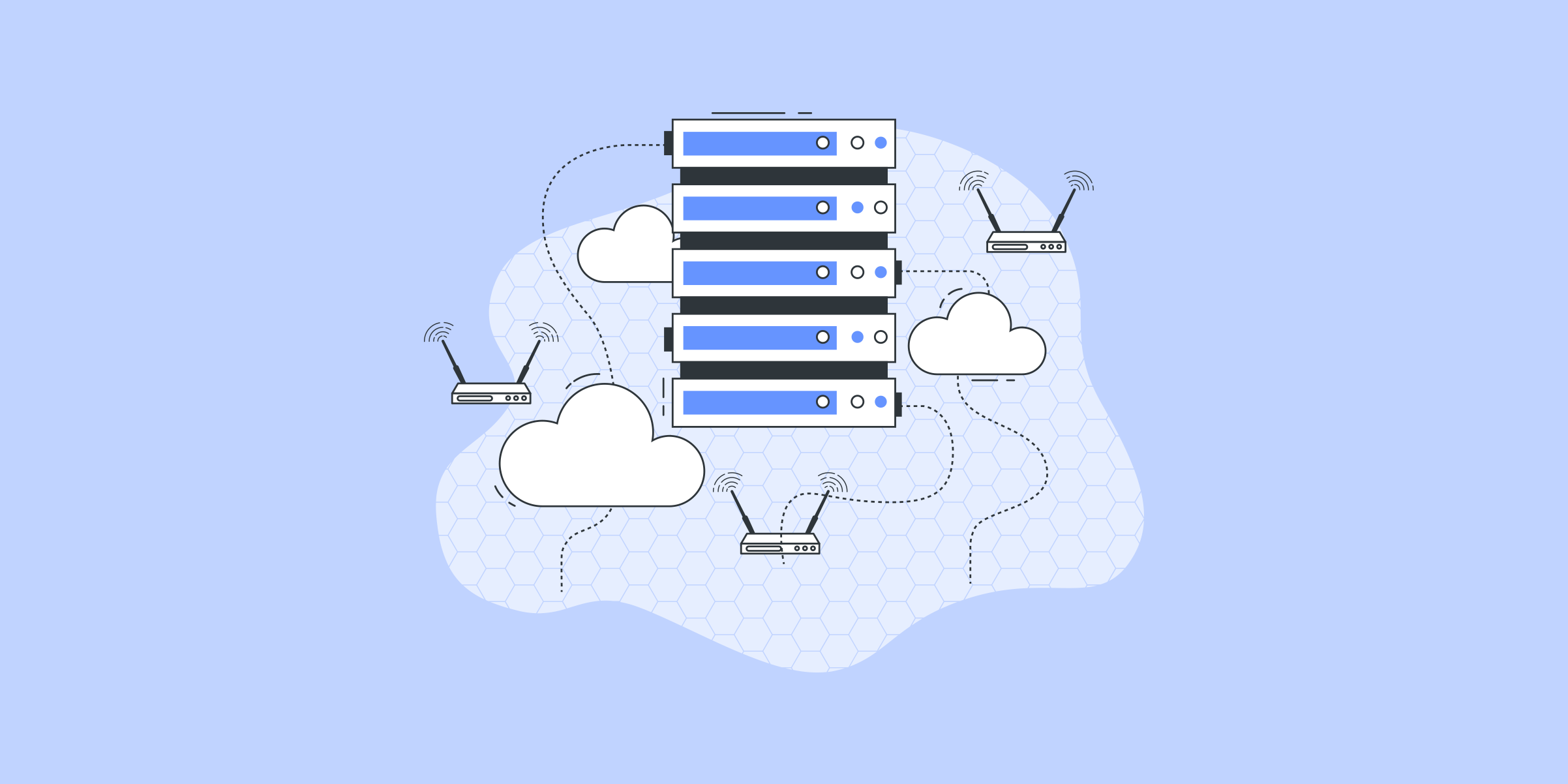Residential Proxies
Allowlisted 200M+ IPs from real ISP. Managed/obtained proxies via dashboard.

Proxies Services
Residential Proxies
Allowlisted 200M+ IPs from real ISP. Managed/obtained proxies via dashboard.
Residential (Socks5) Proxies
Over 200 million real IPs in 190+ locations,
Unlimited Residential Proxies
Unlimited use of IP and Traffic, AI Intelligent Rotating Residential Proxies
Static Residential proxies
Long-lasting dedicated proxy, non-rotating residential proxy
Dedicated Datacenter Proxies
Use stable, fast, and furious 700K+ datacenter IPs worldwide.
Mobile Proxies
Dive into a 10M+ ethically-sourced mobile lP pool with 160+ locations and 700+ ASNs.
Scrapers
Collection of public structured data from all websites
Proxies
Residential Proxies
Allowlisted 200M+ IPs from real ISP. Managed/obtained proxies via dashboard.
Starts from
$0.6/ GB
Residential (Socks5) Proxies
Over 200 million real IPs in 190+ locations,
Starts from
$0.03/ IP
Unlimited Residential Proxies
Unlimited use of IP and Traffic, AI Intelligent Rotating Residential Proxies
Starts from
$1816/ MONTH
Rotating ISP Proxies
ABCProxy's Rotating ISP Proxies guarantee long session time.
Starts from
$0.4/ GB
Static Residential proxies
Long-lasting dedicated proxy, non-rotating residential proxy
Starts from
$4.5/MONTH
Dedicated Datacenter Proxies
Use stable, fast, and furious 700K+ datacenter IPs worldwide.
Starts from
$4.5/MONTH
Mobile Proxies
Allowlisted 200M+ IPs from real ISP. Managed/obtained proxies via dashboard.
Starts from
$1.2/ GB
Scrapers
Web Unblocker
Simulate real user behavior to over-come anti-bot detection
Starts from
$1.2/GB
Serp API
Get real-time search engine data With SERP API
Starts from
$0.3/1K results
Scraping Browser
Scale scraping browsers with built-inunblocking and hosting
Starts from
$2.5/GB
Documentation
All features, parameters, and integration details, backed by code samples in every coding language.
TOOLS
Resources
Addons
ABCProxy Extension for Chrome
Free Chrome proxy manager extension that works with any proxy provider.
ABCProxy Extension for Firefox
Free Firefox proxy manager extension that works with any proxy provider.
Proxy Manager
Manage all proxies using APM interface
Proxy Checker
Free online proxy checker analyzing health, type, and country.
Proxies
AI Developmen
Acquire large-scale multimodal web data for machine learning
Sales & E-commerce
Collect pricing data on every product acrossthe web to get and maintain a competitive advantage
Threat Intelligence
Get real-time data and access multiple geo-locations around the world.
Copyright Infringement Monitoring
Find and gather all the evidence to stop copyright infringements.
Social Media for Marketing
Dominate your industry space on social media with smarter campaigns, anticipate the next big trends
Travel Fare Aggregation
Get real-time data and access multiple geo-locations around the world.
By Use Case
English
繁體中文
Русский
Indonesia
Português
Español
بالعربية

Training AI & LLMs With Web Data: A Comprehensive Guide
In today's digital age, the use of Artificial Intelligence (AI) and Large Language Models (LLMs) has become increasingly prevalent across various industries. These technologies have revolutionized the way we interact with computers and the internet, enabling advanced capabilities such as natural language processing, image recognition, and predictive analytics. One of the key factors in training AI and LLMs effectively is the utilization of web data. In this blog post, we will explore the importance of web data in training AI models and provide practical tips on how to leverage it effectively.
Web data plays a crucial role in training AI and LLMs as it provides a vast source of information for machine learning algorithms to learn from. By analyzing web data, AI models can gain valuable insights into patterns, trends, and user behaviors, which is essential for making accurate predictions and decisions. The sheer volume and diversity of web data make it an invaluable resource for training AI models across various domains, including natural language processing, computer vision, and recommendation systems.
1. Data Collection: The first step in training AI models with web data is to collect relevant and high-quality datasets. This involves web scraping, which is the process of extracting data from websites. It is important to ensure that the data collected is clean, structured, and representative of the problem you are trying to solve. Additionally, it is essential to comply with ethical guidelines and data privacy regulations when collecting web data.
2. Data Preprocessing: Once the web data is collected, it needs to be preprocessed before feeding it into the AI model. This includes tasks such as cleaning the data, removing duplicates, handling missing values, and encoding textual data. Proper data preprocessing is crucial for improving the quality and performance of the AI model.
3. Feature Engineering: Feature engineering is the process of selecting, extracting, and transforming features from the raw web data to make it more suitable for training the AI model. This step involves identifying relevant features, encoding categorical variables, scaling numerical data, and creating new features through techniques such as word embeddings and image representations.
4. Model Training: After preprocessing the web data and engineering the features, the next step is to train the AI model. This involves selecting an appropriate machine learning algorithm, defining the model architecture, and optimizing the model parameters. Training the model with web data requires iterative experimentation and tuning to achieve optimal performance.
5. Evaluation and Validation: Once the AI model is trained, it is crucial to evaluate its performance using validation techniques such as cross-validation and metrics like accuracy, precision, recall, and F1 score. This step helps assess the model's effectiveness in making predictions and generalizing to unseen data.
6. Deployment and Monitoring: After successfully training and validating the AI model with web data, the final step is to deploy it into production. Continuous monitoring and updating of the model are essential to ensure its performance and accuracy over time. This involves monitoring key metrics, detecting model drift, and retraining the model periodically with new web data.
- Use reputable web scraping tools and libraries to collect web data efficiently and ethically.
- Implement data validation and quality checks to ensure the accuracy and reliability of the collected web data.
- Leverage techniques such as transfer learning and fine-tuning to train AI models with limited web data effectively.
- Regularly update and retrain the AI model with fresh web data to improve its performance and adapt to changing trends.
- Collaborate with domain experts and data scientists to optimize the training process and enhance the model's predictive capabilities.
In conclusion, training AI and LLMs with web data is a complex yet rewarding process that requires careful planning, expertise, and continuous iteration. By understanding the role of web data in AI training, adopting best practices for data collection, preprocessing, and model training, and following practical tips for leveraging web data effectively, organizations can harness the power of AI to drive innovation, improve decision-making, and deliver real value to their customers. Embracing web data as a valuable resource for training AI models will undoubtedly shape the future of AI-driven applications and services across industries.
Featured Posts
Popular Products
Residential Proxies
Allowlisted 200M+ IPs from real ISP. Managed/obtained proxies via dashboard.
Residential (Socks5) Proxies
Over 200 million real IPs in 190+ locations,
Unlimited Residential Proxies
Use stable, fast, and furious 700K+ datacenter IPs worldwide.
Rotating ISP Proxies
ABCProxy's Rotating ISP Proxies guarantee long session time.
Residential (Socks5) Proxies
Long-lasting dedicated proxy, non-rotating residential proxy
Dedicated Datacenter Proxies
Use stable, fast, and furious 700K+ datacenter IPs worldwide.
Web Unblocker
View content as a real user with the help of ABC proxy's dynamic fingerprinting technology.
Related articles

Master AI & LLMs: Transform Your Training with Web Data Secrets
Learn how to train AI and LLMs effectively using web data. Explore the process of utilizing web data for training artificial intelligence models.

Unveiling the Top Affordable Socks5 Proxy Services for Budget-conscious Users
Are you looking for a cost-effective solution to enhance your online privacy and security? Look no further, as we introduce you to the world of cheap SOCKS5 proxies. In this blog post, we will explore the benefits of utilizing SOCKS5 proxies, their affordability, and why they are an excellent choice for those on a budget.SOCKS5 proxies are a type of internet protocol that allows users to bypass geographic restrictions and hide their IP address. They act as a bridge between your device and the internet, ensuring that your online activities remain anonymous and secure. With cheap SOCKS5 proxies, you can enjoy all these perks without breaking the bank.One of the primary advantages of cheap SOCKS5 proxies is their affordability. These proxies are available at a fraction of the cost of other proxy types, making them an attractive option for budget-conscious individuals. Despite the low price, they offer exceptional performance, ensuring fast and reliable connection speeds.In addition to cos

The Ultimate Guide to Using Nike Draw Proxy for Exclusive Sneaker Releases
If you're an avid sneakerhead or fan of Nike, you're probably familiar with the sneaker drawing system used by the brand for their highly sought-after releases. But what if you're unable to participate in these drawings due to geographical restrictions or limited access? This is where Nike draw proxies come in, providing a solution for those who are looking to cop their favorite Nike sneakers no matter where they are.A Nike draw proxy is essentially a service or software that allows users to bypass geographic restrictions and increase their chances of winning in the Nike sneaker drawings. By using a proxy server, users can connect to the Nike website from a different location, making it appear as if they are entering the draw from an eligible region. This strategic workaround opens up opportunities for sneaker enthusiasts who would otherwise be excluded from participating.There are several benefits to using Nike draw proxies. First and foremost, it levels the playing field, allowing sn